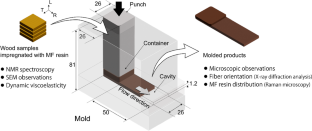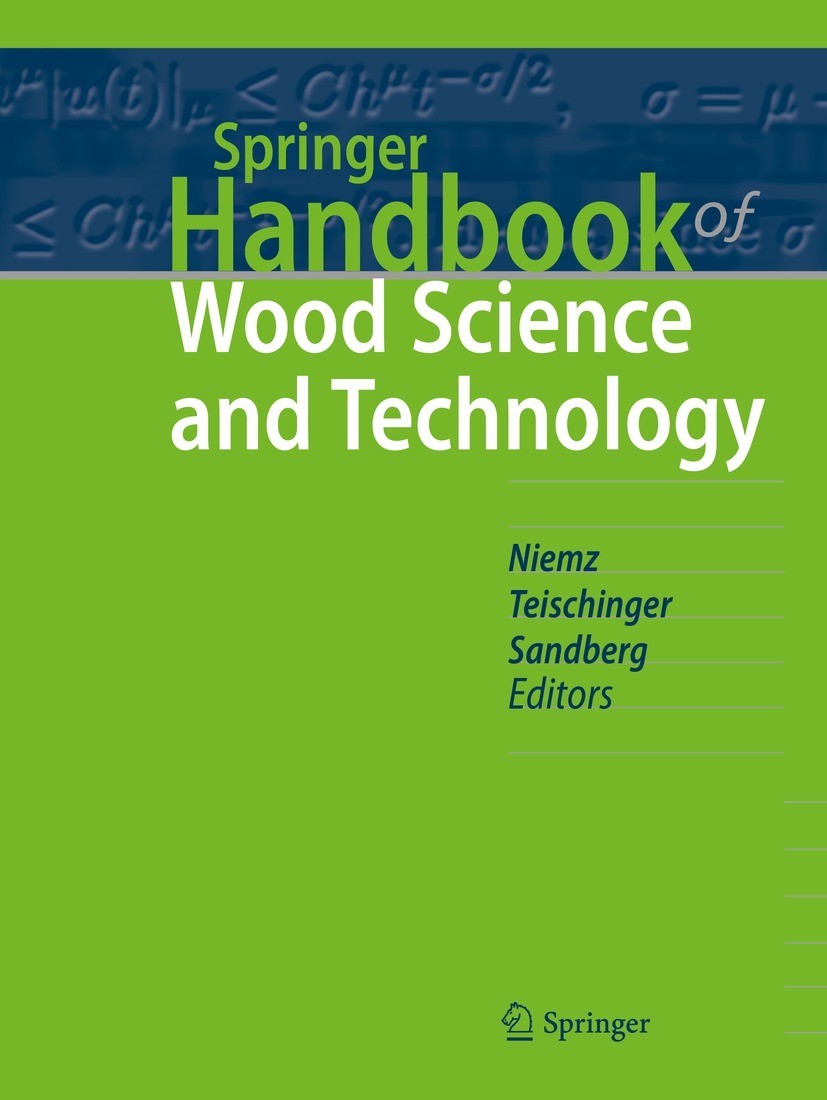The influence of the solvent removal process on subsequent molding of impregnated wood with melamine formaldehyde resin
Abstract
The resin impregnation treatment of wood is used as a pretreatment to improve the deformability of wood and the durability of its formed products. The objective of this study was to clarify the effect of solvent removal after resin impregnation on wood deformation. A solution of melamine formaldehyde (MF) resin was impregnated into the wood, and the solvent was removed from the wood under vacuum or different relative humidity (RH) conditions. The deformability of MF-resin-impregnated wood was evaluated based on the load required for molding. A higher RH during solvent removal allowed the MF resin to penetrate the cell wall, while the polymerization of the MF resin impregnated in the cell lumen and cell walls was accelerated. Polymerization of the impregnated resin significantly reduced the deformability. The cell orientation and distribution of the MF resin at the cellular level in the molded products were evaluated by X-ray diffraction and Raman mapping. The results showed that the higher the RH during the solvent removal process, the higher the cell orientation and amount of resin in the cell wall. These results suggest that the solvent removal process after resin impregnation has a significant effect on deformability during deformation processing and the formed products.



 求助内容:
求助内容: 应助结果提醒方式:
应助结果提醒方式:


